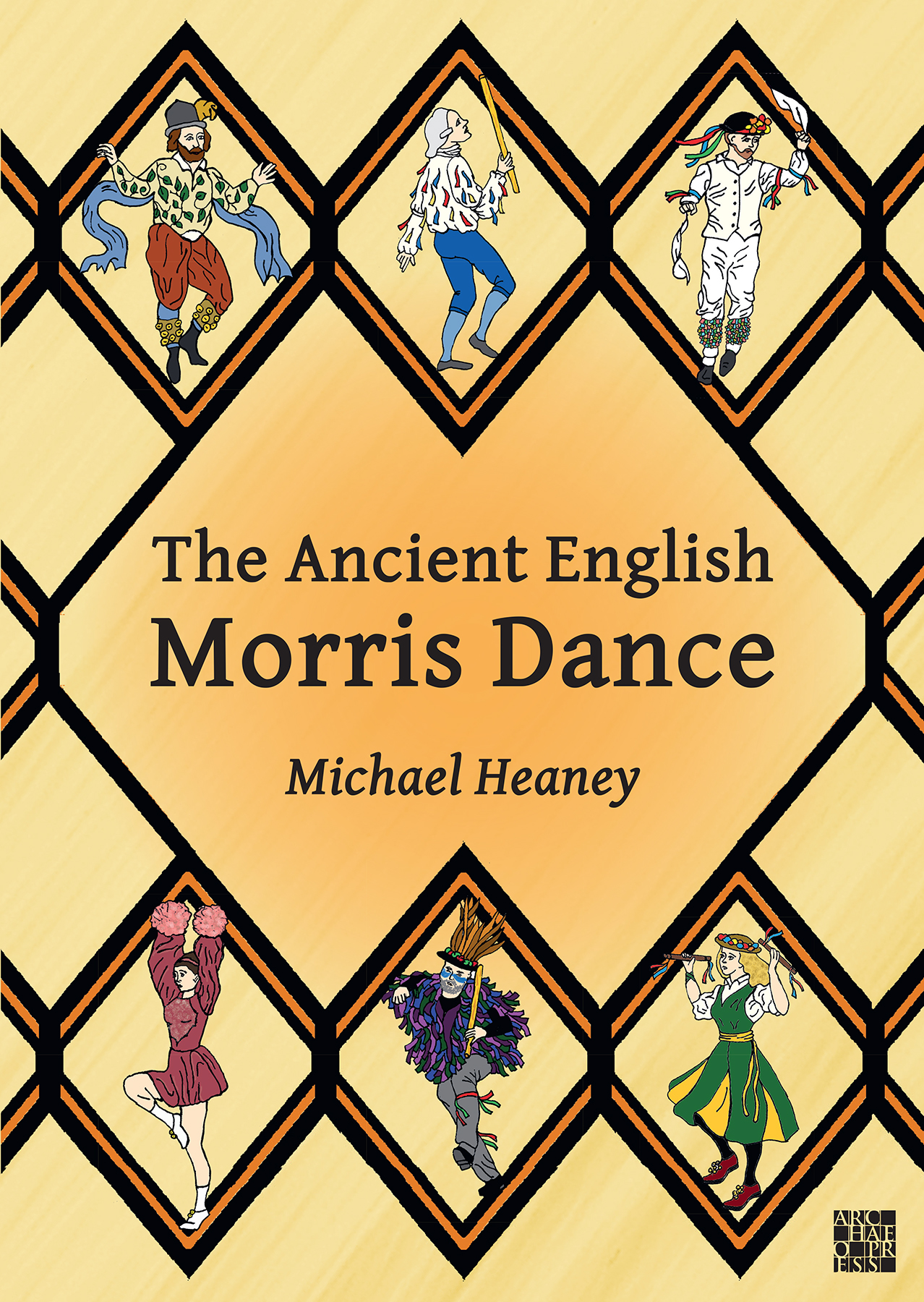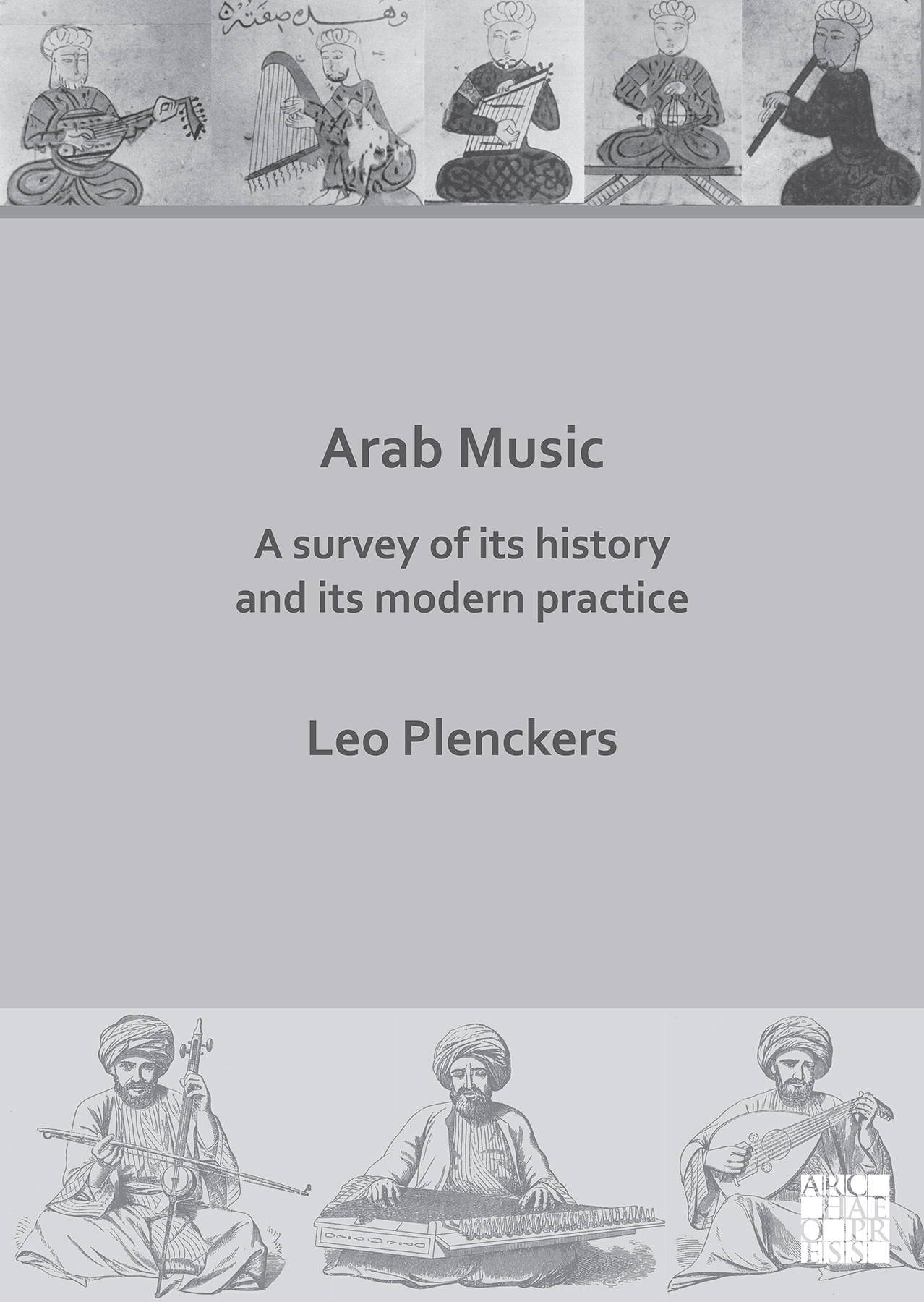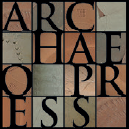
Publishing Scholarly Archaeology since 1997

Download Sample PDF
H 245 x W 174 mm
530 pages
94 figures (colour throughout)
Published Mar 2023
ISBN
Paperback: 9781803273860
Digital: 9781803273877
Keywords
Morris Dance; Englishness; Custom; Folklore; Social History
Related titles






The Ancient English Morris Dance
Paperback
£29.99
Includes PDF
PDF eBook
(personal use)
£16.00
PDF eBook
(institutional use)
Download
This book traces the history of morris dancing in England, from its introduction in the 15th century, through the contention of the Reformation and Civil War, when morris dancing and maypoles became potent symbols of the older ways of living, to its re-invention as an emblem of Victorian concepts of Merrie England in the 19th century.
Contents
Preface ;
Introduction ;
Part I: Emergence (1448-1569) ;
Chapter 1: First signs ;
Chapter 2: Guilds ;
Chapter 3: Parish entertainments ;
Chapter 4: The first 120 years ;
Part II: Contention (1570-1659) ;
Chapter 5: Rumblings 1570-1599 ;
Chapter 6: Attack 1600-1629 ;
Chapter 7: Suppression 1630-1659 ;
Part III: Fragmentation (1660-1800) ;
Chapter 8: Restoration and the later Stuarts ;
Chapter 9: Eighteenth-century entertainment ;
Chapter 10: Lexicographers and scholars ;
Chapter 11: Hanoverian communities and Whitsun ales ;
Chapter 12: Beyond the Whitsun ale ;
Part IV: Re-emergence (1801-1899) ;
Chapter 13: Antiquaries and artistes ;
Chapter 14: South-midlands morris ;
Chapter 15: West-midlands morrises ;
Chapter 16: East of England ;
Chapter 17: North-west morris 1801-1850 ;
Chapter 18: Fêtes and festivals ;
Chapter 19: The decline of the rushcarts ;
Chapter 20: Carnival processions ;
Chapter 21: Other morrises ;
Chapter 22: Fin de siècle ;
Part V: Revival (1899 – present) ;
Chapter 23: Defining a revival ;
Chapter 24: North-west morris 1900-1930 ;
Chapter 25: The revival after Sharp ;
Chapter 26: The second revival ;
Chapter 27: The modern English morris dance ;
Bibliography ;
Index
About the Author
During his professional career at the Bodleian Library, Michael Heaney also pursued his research interests in folk culture. He has published widely on the subject, including editing and contributing to The Histories of the Morris in Britain (EFDSS, 2018) and Percy Manning: the Man who Collected Oxfordshire (Archaeopress, 2017). He was editor (1997-2005) of Folk Music Journal and remains a member of its Board.Reviews
'Michael Heaney’s history of Morris dancing has been long and eagerly awaited, being forty years in the making, and does not disappoint. There is no doubt that it is the best book yet published on the subject, nor that for sheer comprehensive coverage it will be hard to replace.' - Ronald Hutton (2023): Folklore
'There can be no doubt that Heaney has provided the definitive work on this subject, seamlessly contextualising and expanding on the best earlier work in the field and providing a secure anchor for any future research… one of the many virtues of this book is that it discourages over-simplification. It confirms our understanding that morris dance has never been just one thing and that neither the dancers themselves, nor the commentators they attracted, have been allowed to maintain position for too long.' - Peter Harrop (2023): Ethnomusicology Forum
‘This is a massive book, over 500 pages including a 50 page bibliography, and it is probably not a book for the mythical 'general reader', but it is clearly and accessibly written, and does not assume any specialist knowledge on the part of the reader. It presents a lively, often humorous and very entertaining account of an often misunderstood activity, rooted in the deep history of England, but has always developed and evolved in response to the changes in the society in which it is practiced. It is well illustrated with prints and photographs, many in colour, and I am sure will be the authoritative history of morris-dancing for the foreseeable future.’ – Richard Samuels (2023): Magonia
‘Drawing on some forty years of archival research, Michael Heaney’s book represents a landmark in the historiography of Morris dancing. For the first time ever, a comprehensive and consecutive narrative history from the mid-fifteenth century to the present day is contained within the covers of a single volume.’ – Matthew Simons (2023): Folk Music Journal Volume 12

 Add to wishlist
Add to wishlist
